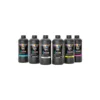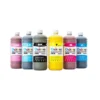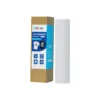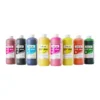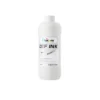This situation can make a difference in the detail of the final transfer and every effort should be made to avoid it.
Let’s take a closer look at what this phenomenon is, why it happens, and how to prevent it.
It appears to the naked eye as follows.
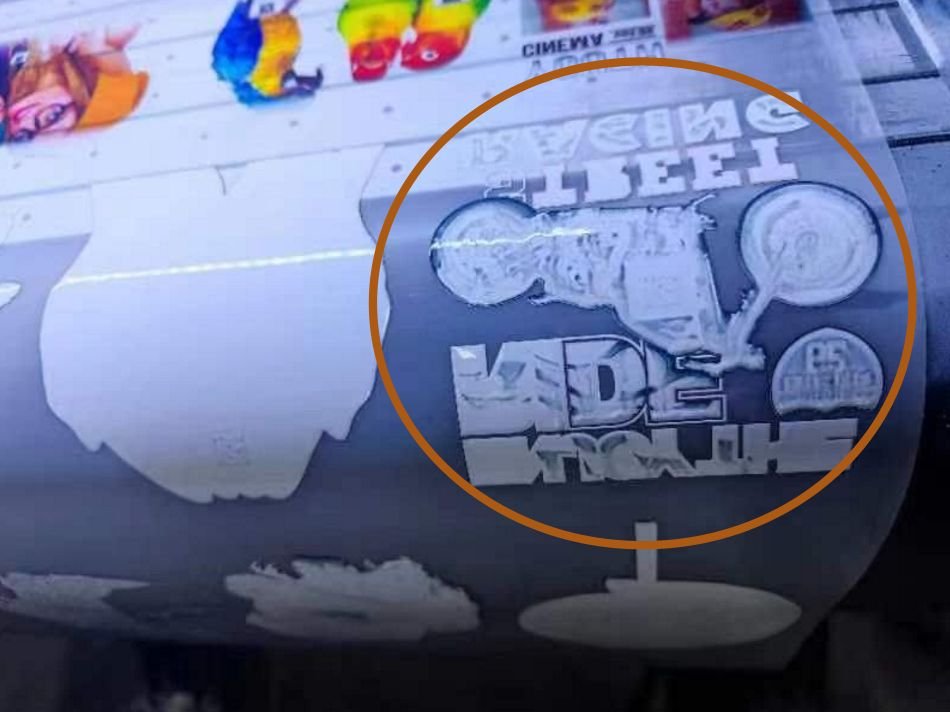
Understanding the Ink Color Mixing Phenomenon on DTF Films
The Ink Color Mixing Phenomenon on DTF Films refers to a visual issue where white ink — which is supposed to sit on top of color ink as a solid backing layer — ends up showing traces of the underlying color. Instead of clean, opaque white coverage, the print might appear patchy, translucent, or tinged with colors that should have been completely hidden.
This can be particularly problematic when the white ink fails to block out vivid colors like magenta or cyan, making the image appear less crisp or even “dirty” to the eye.
Here are some more questions about what can go wrong in DTF printing:
Incidentally, this ink mixing phenomenon is not the same thing as the mixing phenomenon that occurs locally (at irregular locations) in the film. The ink mixing phenomenon that this blog talks about occurs more often with print designs. Especially on the edge contours of pattern designs. See also: How to Solve DTF Film Topical Color Ink White Ink Mixing
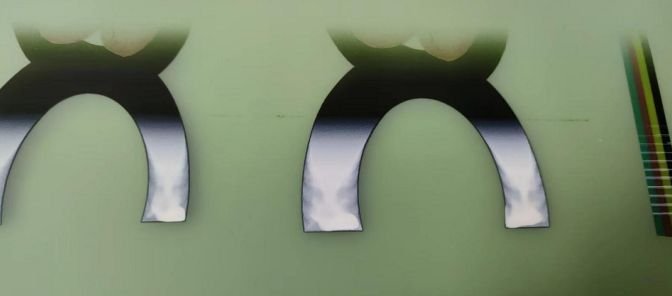
What Causes Ink Color Mixing Phenomenon on DTF Films?
This can occur for a variety of reasons, most of which boil down to compatibility issues between materials. If you actually test it and find that it’s not a problem with the consumables, then it may be time to consider equipment issues. Here I’ll only talk about issues between consumables:
Poor Compatibility Between White Ink and Color Ink
If the white ink you are using does not interact well with the underlying colored ink, then the ink layers can blend or bleed into each other. This usually indicates a problem with the ink formulation, where the chemistry in one ink may be different from that in another. After all, ink producers don’t all produce inks in one standard way!
In some cases, poorly compatible white ink can even cause white ink shift phenomena, see: How to Fix DTF White Ink Shifting?
Incompatible Film Coating
- Color mixing of inks on DTF films can also be caused by the film itself. If the PET film coating is not designed to properly absorb or hold white or colored inks, it can cause the inks to float or mix during the drying process.A problem with the coating can prevent the ink from covering the ink properly. The ink layer also has a corresponding absorption capacity. Ignoring problems with the film can eventually lead to visual problems such as
- Visible color spots on white ink
- Uneven color separation
- White and colored inks flowing together when printing
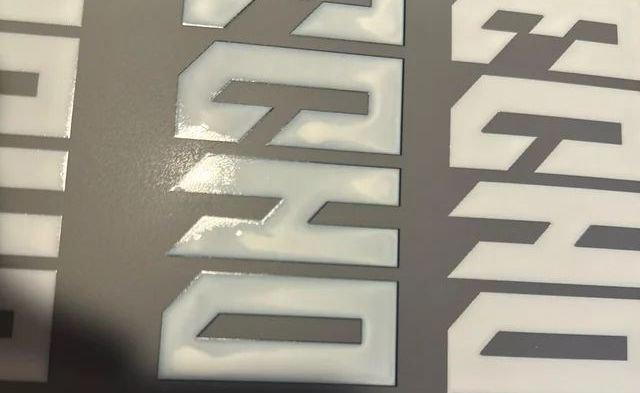
Manifestations of Ink Color Mixing On DTF Films
If you’re experiencing the ink color mixing problem, it often looks like this:
- The white layer shows faint traces of the color image underneath
- The opacity of the white ink appears weak or translucent
- The printed pattern doesn’t look sharp or well-separated
These visual signs can make it difficult to deliver professional-quality prints, especially on dark or vibrant fabrics that require high white ink performance.
Here’s a Reddit user posting a thread about exactly this phenomenon he’s experiencing. Click here.
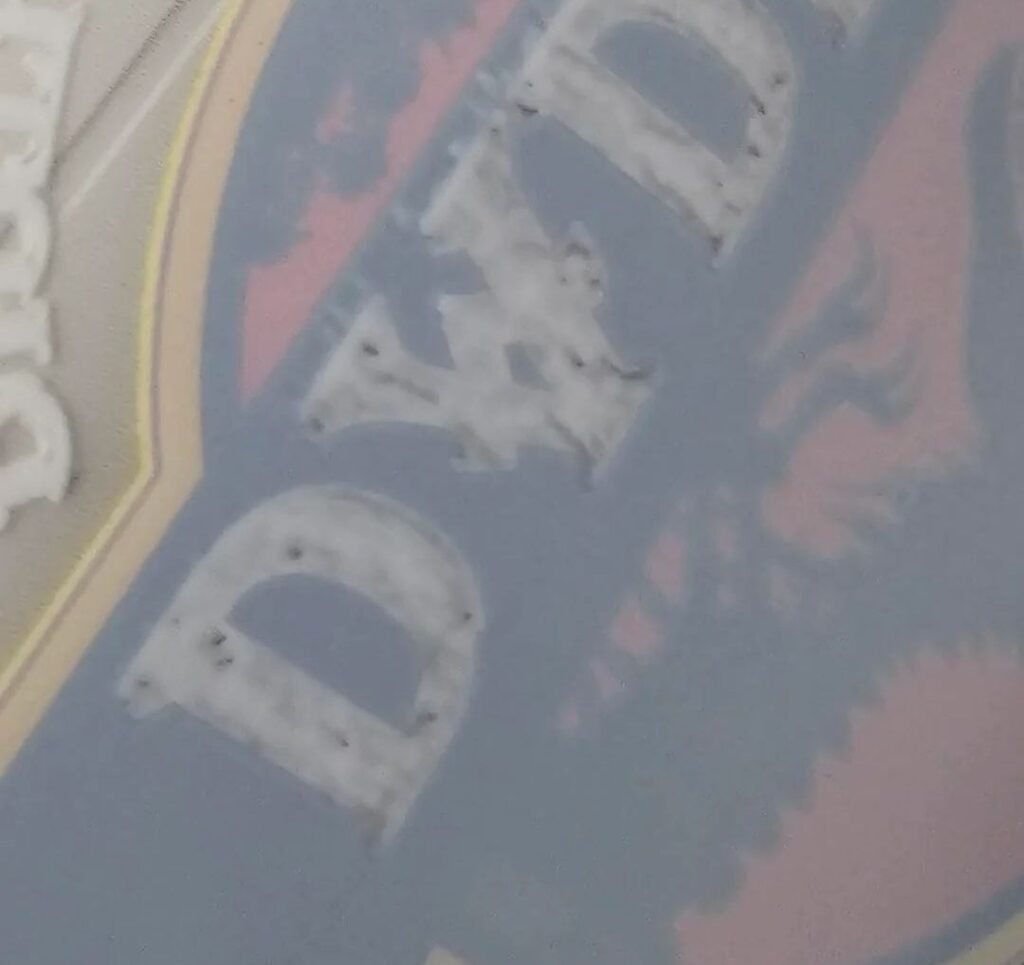
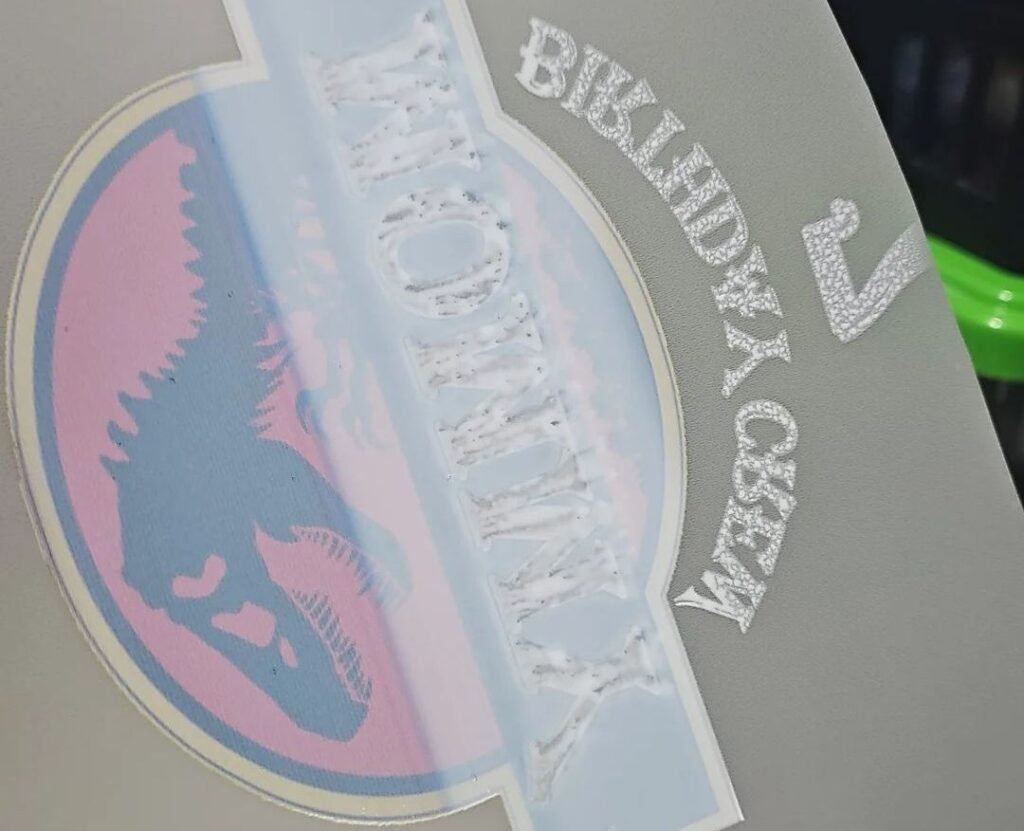

How to Solve Ink Color Mixing Phenomenon on DTF Films
Thankfully, there are ways to troubleshoot and resolve this issue:
Switch to a Better Ink Combination
If you’re mixing ink brands or using low-quality white ink, consider switching to a more compatible set. Some inks are formulated specifically to work together — especially white and color inks from the same manufacturer.
Test Alternative Films
Try using a DTF film with a more absorbent coating. Films vary in quality, and some have excellent adhesion and ink separation properties that greatly reduce the chance of color mixing. You can start by asking for samples or printing videos.
Optimize Print Settings
Too much ink or insufficient drying time between color and white layers can increase the chances of mixing. Make sure your RIP software settings are optimized for:
- Ink volume
- Layer order
- Print speed and curing temperature
Conclusion
The Ink Color Mixing Phenomenon on DTF Films may seem like a minor visual glitch, but for anyone in the DTF printing business, it can be a serious quality concern. By understanding the causes and actively testing your ink and film combinations, you can avoid these issues.
So next time your white ink doesn’t look quite right — don’t panic. Just revisit your materials and settings. A small change could make a big difference.
Have questions about DTF printing problems? Leave a comment or get in touch — we’re happy to help troubleshoot and share what’s worked for us.


